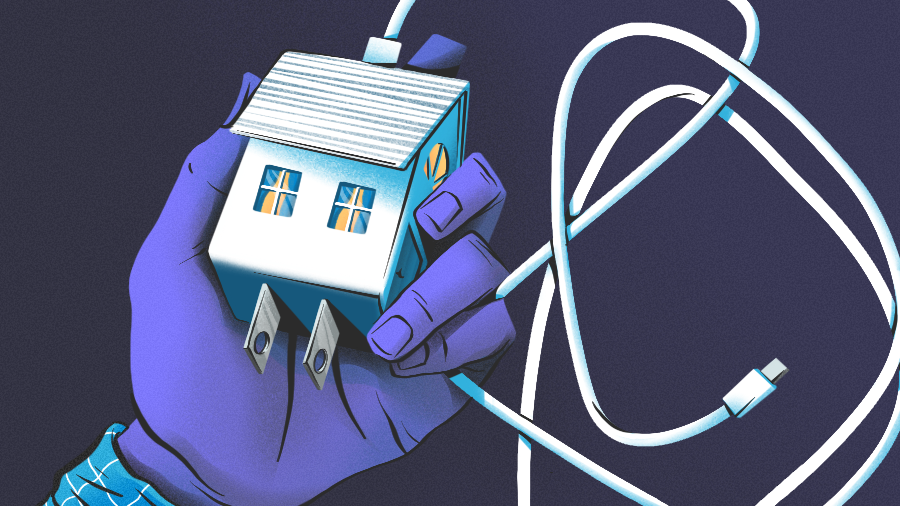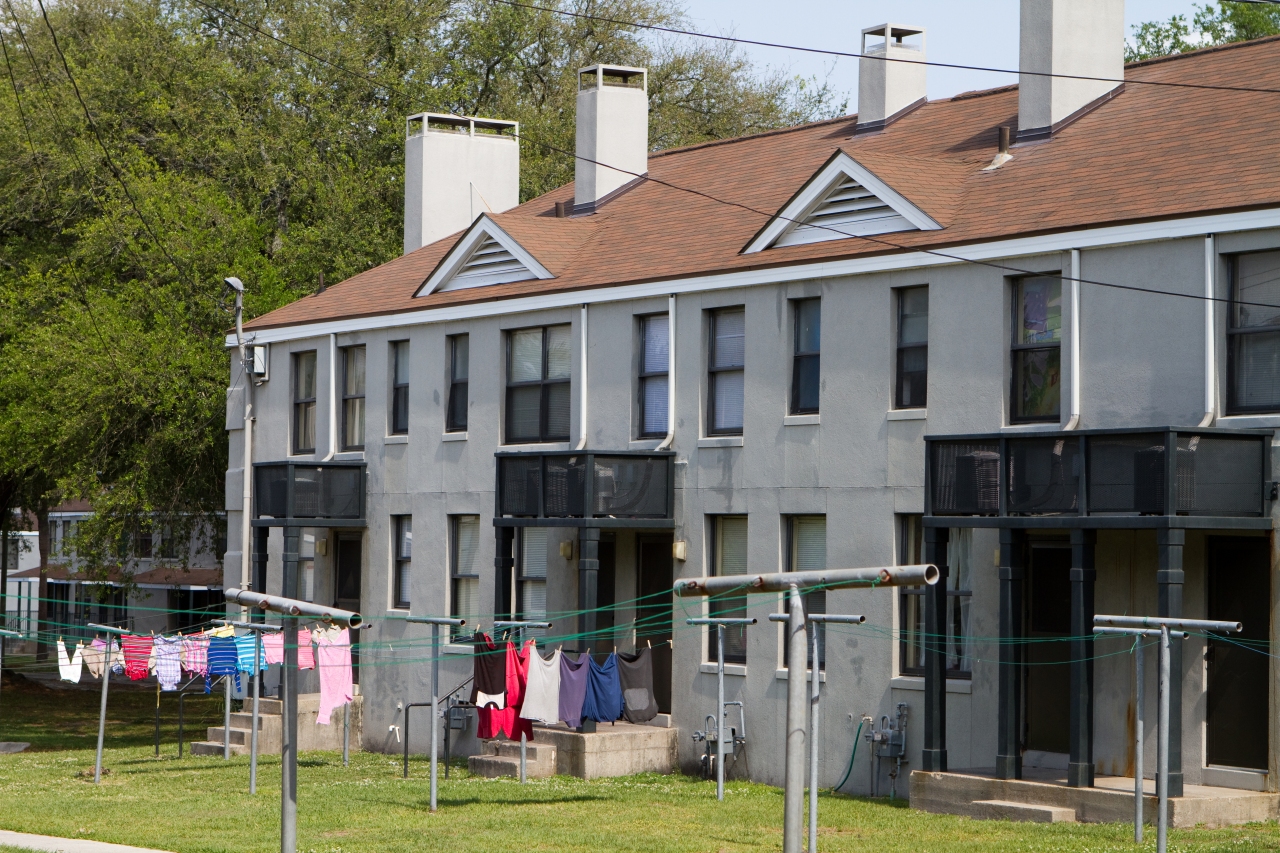[Blog] How to Sell Real Estate Professionals on Sustainability Improvements
Energy Disrupter

planning sustainability improvements
Real estate investors and housing developers must consistently stay aware of trends. Recently, that’s meant knowing about sustainability trends.
While energy performance is increasingly important, it’s not always a priority for real estate developers. Here’s how to sell these clients on the real business impact sustainability efforts can provide.
Residents Place Value on Energy-Efficient Amenities
Real estate professionals must stay informed about marketable perks in homes, residential buildings or commercial properties. Here’s where you can step in. People continue to recognize properties as more valuable if they have sustainable features.
There are many eco-friendly amenities trending in multifamily or commercial buildings that create excellent selling points. Those things could range from electric car charging stations to dedicated recycling areas.
The same applies to the home industry. Homeowners and developers can charge more for houses with energy-efficient features like programmable thermostats, modern HVAC systems and solar panels. In 2014, builders and remodelers reported that buyers will pay a 3-5% premium for green homes.
When people in the real estate sector understand the amenities that matter most to consumers, they’ll position themselves to make wise investments that have a higher likelihood of becoming profitable over the long term.
Sustainable Design Protects Investments in the Long Term
Sustainability is not only about helping people live more eco-friendly lifestyles. You can better advise your clients to prioritize improvements that will make their properties last longer with less expense. Over time, sustainable design and construction benefits everyone’s bottom line.
Failing to take climate change into account could mean a lower return on investment for people who expect their properties to be perpetually profitable. As such, paying close attention to sustainable design elements could be especially critical in areas that are prone to flooding, wildfires or other environmental disasters climate change will likely exacerbate.
Green construction techniques still help reduce ongoing maintenance and energy costs throughout a building’s lifecycle even if you’re not working in one of these markets. In fact, owners of green buildings report that energy efficiency improvements boost their return on investment by 19.2% on average.
Sustainable Building is Important to Younger Generations
Something that helps people in the real estate industry remain successful is realizing how to appeal to people who may be renting or buying homes for the first time. Today, that often means millennials and generation Z.
A 2019 Bank of America study found 59% of people from generation Z want to buy a home within the next five years. That suggests although real estate professionals are assisting millennials with their home-buying needs now, it won’t be long before people from the up-and-coming generation need help, too.
And, it’s probable that they’ll prioritize sustainability like millennials do. These younger homebuyers appreciate sustainable homes because they cost less to maintain and often feature durable materials that hold up well over time.
Preparing for What’s Ahead
Most energy-focused contractors already realize the benefits of sustainable building. When working with other stakeholders, however, this message may get lost in the face of competing priorities. These selling points will help real estate professionals make informed decisions about energy improvements in their properties.
Holly Welles is a freelance writer with a focus on construction and real estate. Her work has been published on Construction Executive, CADdetails and other industry websites. She’s also the editor of The Estate Update.

















